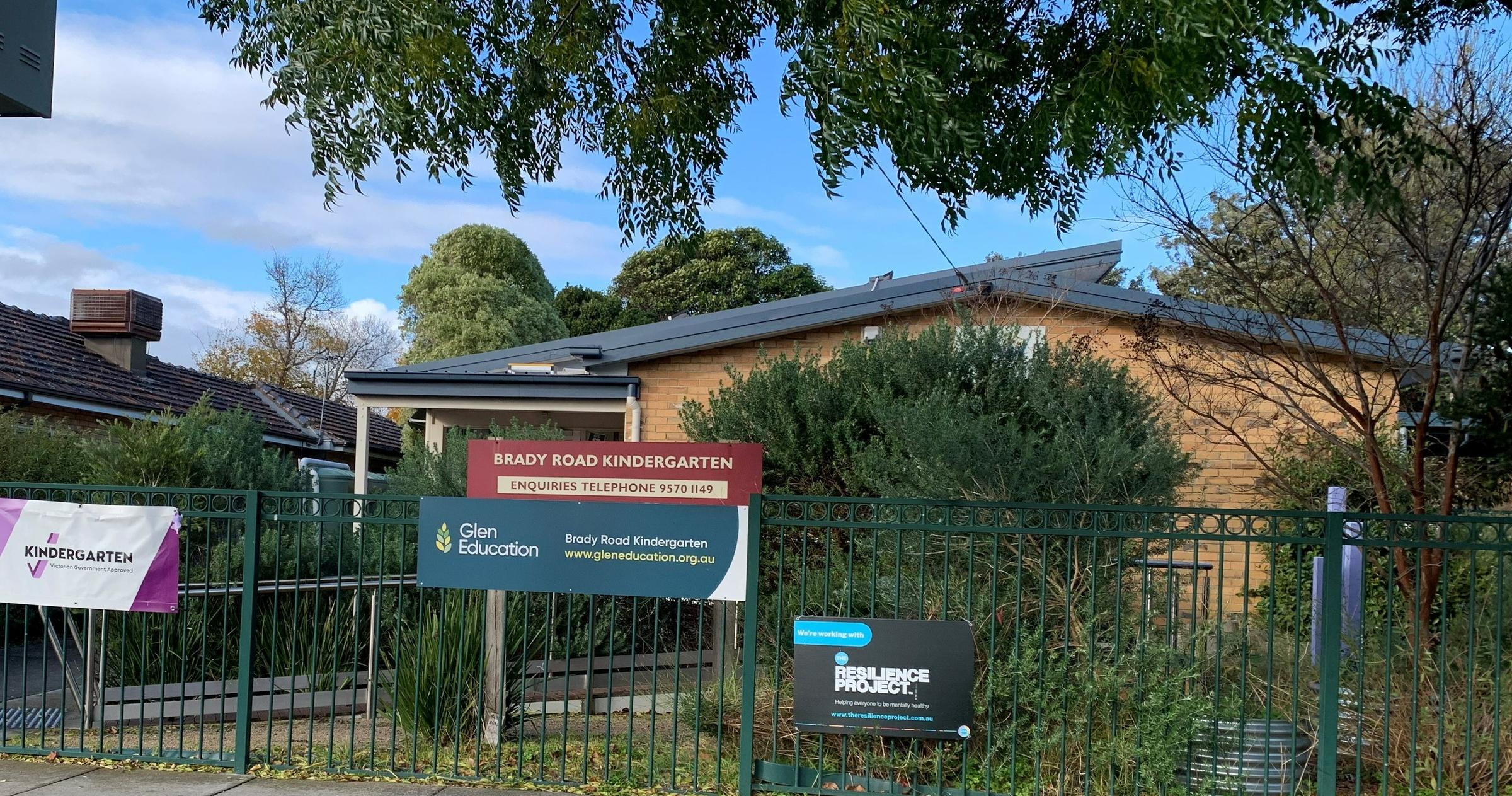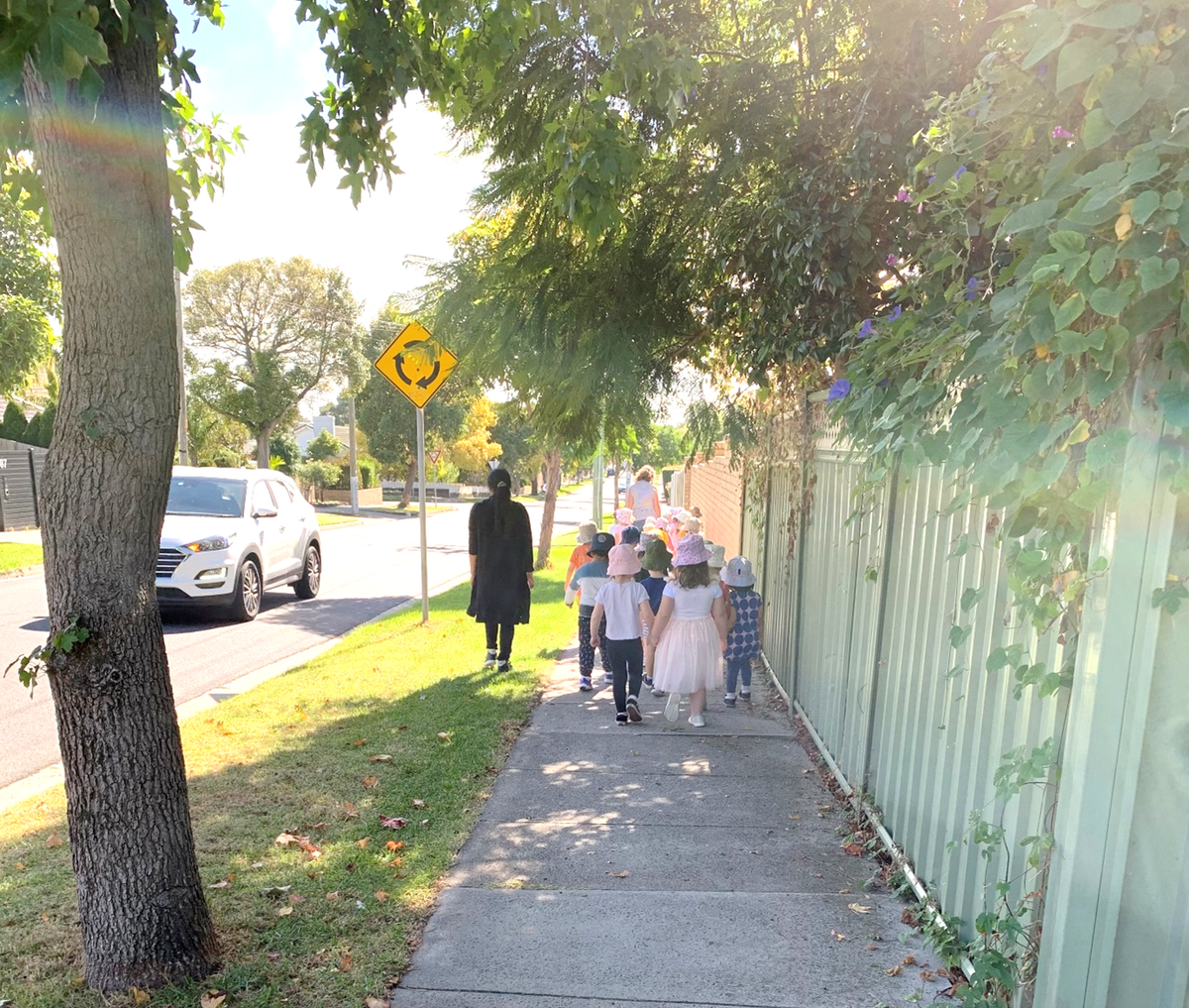Glen Education Brady Road

Creating Safe Environments for Children
Jo Elmer, Early Childhood Teacher
Child Safe Standard 9 – Physical and online environments promote safety and wellbeing while minimising the opportunity for children and young people to be harmed
In complying with Child Safe Standard 9, an organisation must, at a minimum, ensure:
- 9.1 Staff and volunteers identify and mitigate risks in the online and physical environments without compromising a child’s right to privacy, access to information, social connections and learning opportunities.
- 9.2 The online environment is used in accordance with the organisation’s Code of Conduct and child safety and wellbeing policy and practices.
- 9.3 Risk management plans consider risks posed by organisational settings, activities, and the physical environment.
- 9.4 Organisations that contract facilities and services from third parties have procurement policies that ensure the safety of children and young people.
Glen Education kindergartens will action the above by:
Having risk assessment and management plans that are informed by and responsive to the views and concerns of staff, volunteers and children. Plans will show that the organisation has balanced the need to manage the risk of harm and abuse against children’s rights to privacy, access to information, social connections and learning opportunities. (9.1, 9.3)
Providing staff and volunteers with risk management plans so they are aware of risks of child abuse and harm and know what action they need to take to prevent and reduce them. (9.1)
Staff and volunteers in the organisation taking action to prevent and reduce risks of child abuse and harm when identified. (9.1)
Having risk assessments and management plans that are regularly reviewed kept up-to-date and include lessons from complaints, concerns and safety incidents. (9.1, 9.2)
Having the organisation’s leadership and governance arrangements ensure risk assessment and management are focused on identifying, preventing and reducing risks of child abuse and harm. (links to 2.5)
Making sure when negotiating contracts with third parties, contracts include terms that allow the organisation to take action if the third party does not meet expected child safety and wellbeing standards. (9.4)
Making sure when third-party contractors are engaged, action is taken by the organisation to assess whether, and the extent to which, the engagement of third-party contractors poses risks of child abuse and harm. (9.4)
Depending on the level of risk posed by third-party contractors, the organisation should take actions to prevent or reduce risks of child abuse or harm. Appropriate actions may include:
- requiring third-party contractors to comply with the organisation’s policies and procedures
- monitoring compliance by third-party contractors with the Child Safe Standards and/or the organisation’s policies and procedures
- working with third-party contractors to identify, prevent and reduce risks of child abuse and harm
- where an organisation is unable to adequately manage risks of child abuse and harm posed by third-party contractors, consider terminating the contract or take other appropriate action to protect children. (9.4)
Making sure if appropriate, staff, volunteers, parents, carers and children are provided with information about online safety and risks in the online environment, such as online grooming, cyber bullying and sexting. Support is given to reporting negative experiences or concerns. (9.2)
Children of the 3-year-old yellow group are supported to walk on the footpath while holding hands with their partner. Educators are keeping children safe by being at the front and rear of the group and on the roadside at the middle point of the group providing safety from passing cars.
All the above information and more can be found on the web site Commission for children and young people https://ccyp.vic.gov.au /child-safe-standards/

